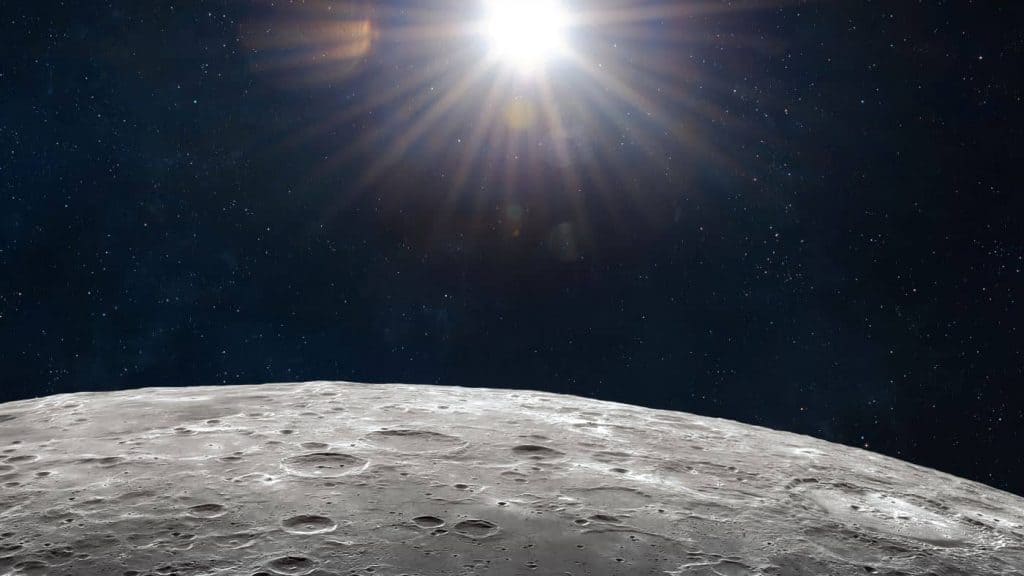A new policy from the United States federal government tasks NASA, the country's space agency, with developing a strategy for a new time standard for use in space missions related to the Moon. The idea of this type of lunar time zone is to improve navigation and related services both on the natural satellite and in its vicinity. .
For those in a hurry:
- The US government instructed NASA to develop a lunar time standard to improve natural satellite navigation and operations;
- The strategy, which is scheduled to be completed by 2026, will include establishing Lunar Coordinated Time (LTC), based on Coordinated Universal Time (UTC) but adjusted to suit lunar conditions;
- LTC needs to address relative differences that affect time accuracy on the Moon, where the lunar second does not exactly align with the terrestrial second;
- NASA will collaborate with other agencies to develop LTC, which must be traceable to Coordinated Universal Time (UTC), and be accurate, flexible, and scalable beyond cislunar space.

The policy of unifying celestial time in support of the National Strategy for Lunar Science and Technology, Released The White House Office of Science and Technology Policy (OSTP) this month directed NASA to develop a strategy by the end of 2026 to establish Lunar Coordinated Time (LTC). It will be a new time standard based on Coordinated Universal Time (UTC) on Earth, but adapted for operations on the Moon.
Read more:
“As NASA, private companies and space agencies around the world launch missions to the Moon, Mars and beyond, it is important that we set celestial timing standards for safety and accuracy.” He said Steve Welby, OSTP's deputy director for national security.
Time on the moon

The policy indicates that the use of Coordinated Universal Time (UTC) in CIS-lunar space is inappropriate for precise operations. Coordinated Universal Time (UTC) is related to terrestrial systems, but relativistic effects mean that a second on the Moon is not as long as a second on Earth. “For example, to an observer on the Moon, the Earth clock would appear to lose, on average, 58.7 microseconds per Earth day, with additional periodic variations,” the document explains.
While this difference is imperceptible for most applications — it would take nearly 50 years to accumulate a one-second deviation — it is problematic for navigation and related applications, such as space situational awareness and proximity operations, where great precision is required.

The policy sets out four main characteristics of LTC:
- Traceability to Coordinated Universal Time (UTC);
- Precision navigation and precision science;
- Endurance in the event of loss of contact with the ground;
- Scalability to non-cis and lunar environments.
The policy provides little technical guidance for establishing a standard for lunar time. But it suggests it could be done like Earth's time standards, which use a network of atomic clocks. NASA will work with several other agencies, including the Departments of Commerce, Defense, State and Transportation, on the lunar timing strategy.

“Hardcore beer fanatic. Falls down a lot. Professional coffee fan. Music ninja.”






More Stories
The law allows children and adolescents to visit parents in the hospital.
Scientists pave the way for the emergence of a new element in the periodic table | World and Science
Can dengue cause hair loss? Expert explains how the disease affects hair